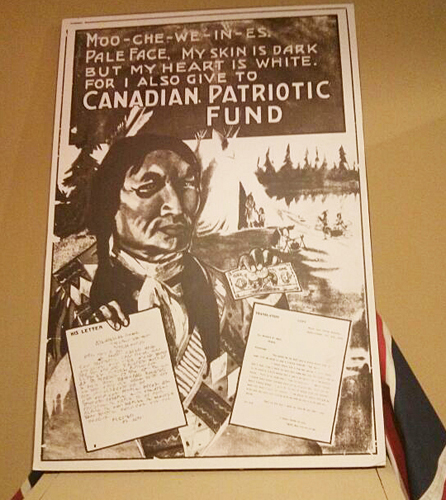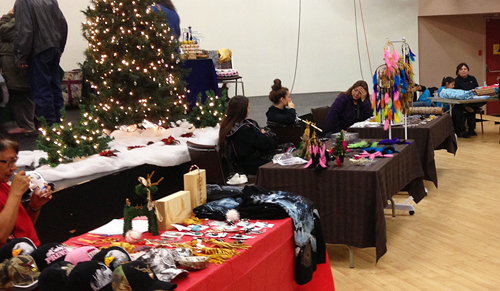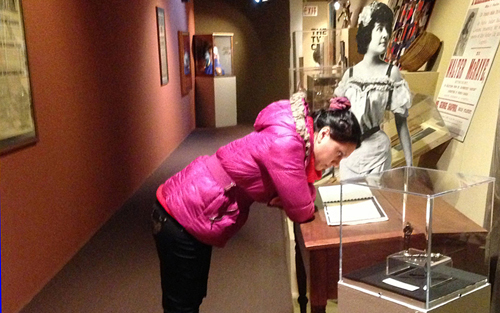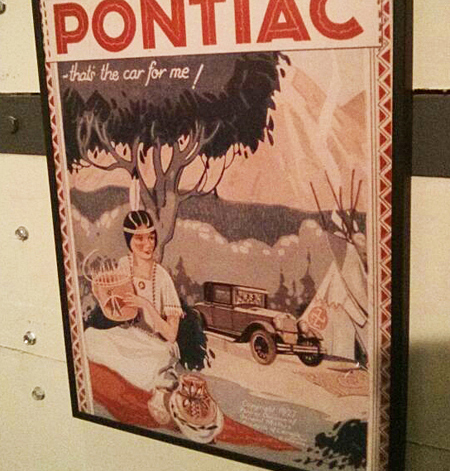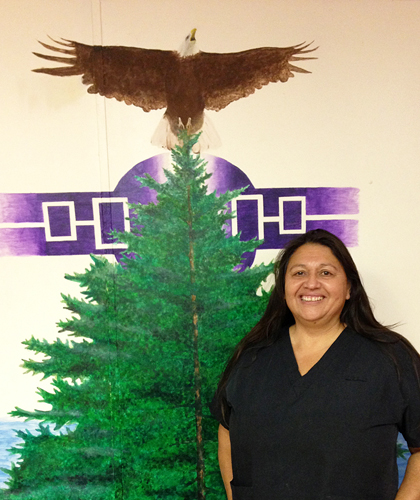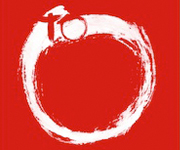20 Nov
Emmanuel Gallant writes: After living nearly two years in Canada, I finally took the time to visit some of its very first inhabitants, the First Nations. As a European, I felt duty-bound to learn about the colonization of Canada from the Aboriginal point of view. Therefore, last month I visited the Museum of Woodland Cultural Centre in Brantford, and the Six Nations Reserve of the Grand River in Ohsweken. If you are looking for a one-day trip out of Toronto and its busy life, and if you are interested in learning about First Nations' history, you simply can’t miss the Woodland Cultural Centre. It was established in October 1972 under the direction of the Association of Iroquois and Allied Indians upon the closure of the Mohawk Institute Residential School. The Centre has seven departments, directed by a bit more than 20 persons. The museum is one of the departments. From the outside, the facility looks fairly small and simple, with no major inscriptions, totem, or any First Nations symbols on the walls. But inside, it is totally different. Two people welcome all visitors in a very friendly way. The entrance is free of charge save for a food donation for people in need. I find it pretty cheap considering all the new things I am about to learn. After dropping a few cans and cookies in the box, I head to the first room.
On this weekend, a First Nations Christmas Fair is taking place in the lobby. Aboriginal people have displayed their own arts and crafts on tables. I discover all kinds of paintings, wood sculptures, and ceramics. Dream catchers and medicine wheels hang on Christmas trees. I never thought we could use them this way. Some of the creations are really impressive. They are the result of more than 40 hours of work each. The table arrangements, the subdued lights, the spirit of Christmas, and the warmth of the people give this room a very friendly atmosphere. Finally I enter the museum. I am not a fan of guided tours. I prefer to discover things for myself. Right away, what strikes me is the richness of the installations: mannequins, texts, pictures, portraits, tools, advertisements, miniature models, First Nations arts, and others. I expected to find a lot of information, but I did not think it would be so entertaining. From ancient times to the 21th century, visitors are literally propelled here into a maelstrom of First Nations’ history.
I understand how relatively simple life used to be for all the Aboriginal people before the arrival of Europeans. The further I progressed into the museum, the more I could feel the transformation generated by my ancestors on these populations. A first change came with the establishment of trade with the foreigners and then with the introduction of Catholicism in every First Nations community. Finally there's the involvement of the First Nations in the different wars between France and England. I can feel the pain of these people who were thus uprooted and who were paid a pittance for their hard work as they moved from independence to economic dependence.
These important changes strongly impacted the image of First Nations people. The exhibits showed how outsiders used popular media in different ways and thus misrepresented these people. It is especially striking during the 20th century where Aboriginals were used for commercials in order to bring exoticism to products. When I think of all these events that these people had to face, I must admit I understand their anger, and also their confusion. I also feel this confusion when I am driving through the Six Nations Reserve of the Grand River a few hours later. What strikes me the most is the contradiction between the messages written on some big boards located at the entrance of the reserve and what we find inside the reserve. Indeed, on the side of the road, big inscriptions highlight the importance of a healthy life: don’t smoke, be healthy, and others. But inside the reserve, I see mainly smoke shops and a casino, a bit apart. This strange combination makes me think of what I previously read at the museum about the economic control put in place by the Government and I wonder to which extent it is still present. At some point I decide to stop at a healing centre where I meet Gail who kindly tells me a bit more about the First Nations. I understand that despite the pain generated by the colonization, it has at least gathered the different First Nations together to act for their rights. I am very surprised when she tells me that actually First Nations people are not Canadians. They have a different status with their own government. They elect their Chiefs who will be members of the assembly. They elect a National Chief.
The dawn is coming when I finally leave the reserve. I learnt a lot during this visit. I really think it is necessary for any Canadian citizen to visit the First Nations at some point in order to understand deeper the country they are living in. I already knew most of my ancestors' history. I understand better now how deep they went in changing First Nations’ beliefs and imposing their domination and this idea of dependence. As regards to the First Nations, I felt a very strong pride, and also the necessary desire for a population which has slowly been torn apart for decades to express its need of recognition. I am glad I got to learn more about this ancient culture and its wise traditions and really look forward to my next visit.
See Video: http://youtu.be/vBq-n3ZbftA

